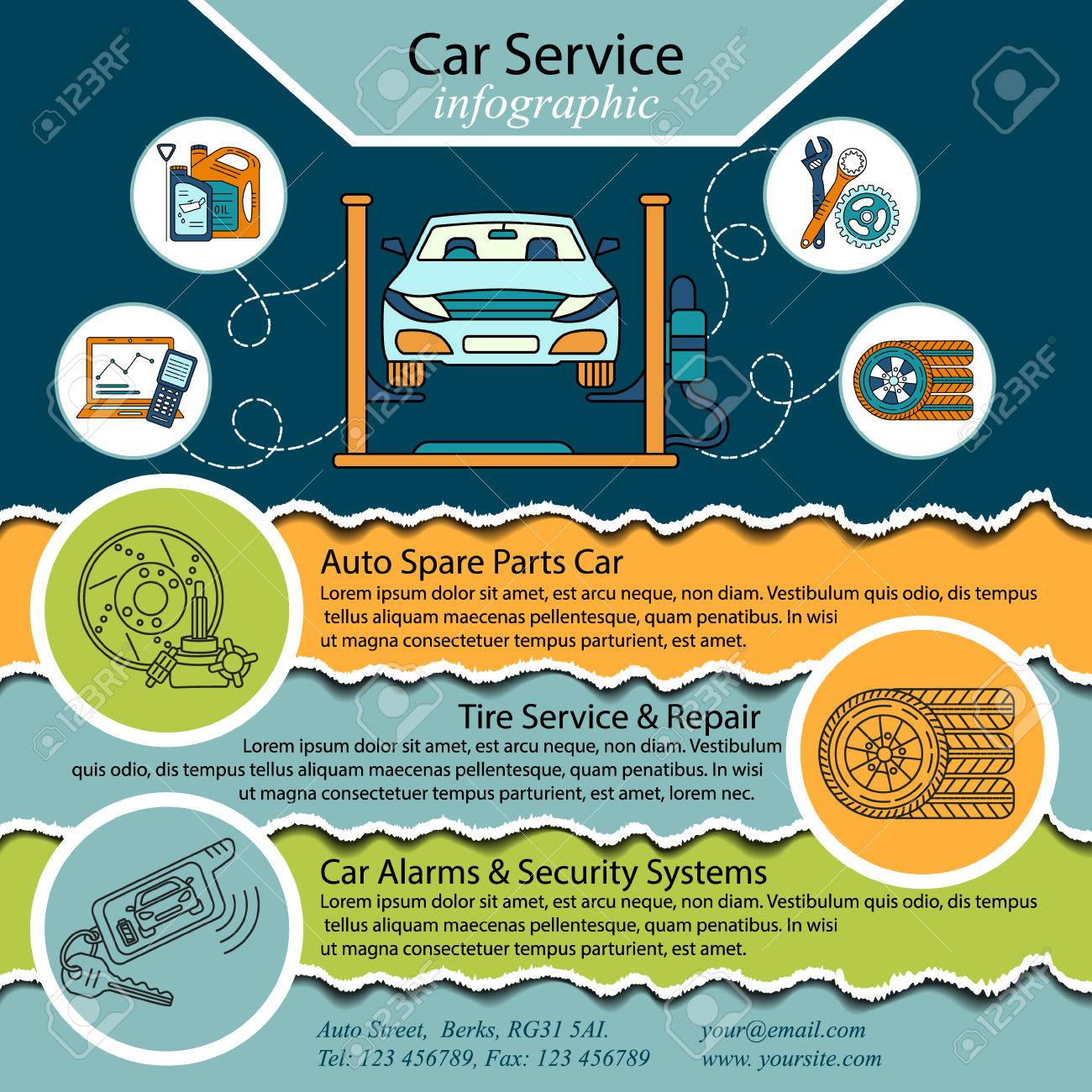Understanding Your Auto'S Warning Lighting: What Do They Truly Mean?
Understanding Your Auto'S Warning Lighting: What Do They Truly Mean?
Blog Article
Write-Up Created By-Hartley Torres
When you lag the wheel, those beautiful warning lights on your control panel can be a bit bewildering. Do https://mashable.com/article/adobe-analytics-summit-sneak-auto-maintenance-app understand what they're trying to inform you concerning your auto's wellness? Understanding https://elliottsoicx.blog-mall.com/30496948/a-step-by-step-process-for-cleaning-and-protecting-your-auto-s-interior of these lights is important for your security and the durability of your automobile. So, the following time among those lights turns up, would not you want to decipher its message precisely and take the needed actions to resolve it?
Common Warning Lighting and Interpretations
Identify typical caution lights in your car and understand their significances to make sure risk-free driving.
The most typical warning lights include the check engine light, which indicates problems with the engine or exhausts system. If this light begins, it's essential to have your lorry examined promptly.
The oil stress cautioning light suggests reduced oil pressure, calling for instant attention to prevent engine damage.
A blinking battery light could recommend a damaged billing system, possibly leaving you stranded otherwise resolved.
The tire pressure monitoring system (TPMS) light alerts you to reduced tire pressure, impacting car security and fuel effectiveness. Ignoring this could bring about risky driving problems.
The abdominal light suggests a trouble with the anti-lock stopping system, endangering your capability to quit rapidly in emergency situations.
Last but not least, the coolant temperature level cautioning light warns of engine getting too hot, which can lead to extreme damages otherwise resolved promptly.
Understanding these common warning lights will help you resolve issues without delay and preserve secure driving conditions.
Relevance of Prompt Attention
Recognizing the typical caution lights in your vehicle is only the very first step; the importance of without delay addressing these cautions can't be stressed sufficient to guarantee your safety and security when driving.
When a warning light brightens on your control panel, it's your auto's means of communicating a prospective problem that requires interest. Disregarding these cautions can lead to much more severe problems later on, jeopardizing your safety and potentially costing you more out of commission.
Prompt interest to advising lights can stop failures and accidents. For example, a blinking check engine light might show a misfire that, if left ignored, could create damages to the catalytic converter. Addressing this quickly can conserve you from an expensive repair.
In a similar way, a brake system advising light might signal low brake liquid or worn brake pads, vital components for your safety and security when driving.
Do It Yourself Troubleshooting Tips
If you observe a caution light on your dashboard, there are a couple of do it yourself fixing suggestions you can try prior to seeking professional aid.
The very first step is to consult your cars and truck's handbook to recognize what the certain caution light shows. Sometimes the issue can be as straightforward as a loose gas cap causing the check engine light. Tightening up the gas cap may deal with the issue.
One more usual problem is a low battery, which can activate different cautioning lights. Examining the battery connections for deterioration and guaranteeing they're secure could take care of the issue.
If a caution light lingers, you can attempt resetting it by separating the auto's battery for a couple of minutes and after that reconnecting it. In https://gregoryypfvm.blogsvila.com/30074684/enter-a-future-where-technology-and-personalization-change-car-detailing-offering-unequaled-security-and-performance , inspecting your car's liquid degrees, such as oil, coolant, and brake liquid, can help fix alerting lights related to these systems.
Final thought
In conclusion, recognizing your cars and truck's caution lights is essential for keeping your automobile running efficiently and securely. By without delay resolving these signals and understanding what they mean, you can avoid expensive fixings and potential breakdowns.
Remember to consult your auto's handbook for particular information on each warning light and do something about it appropriately to make sure a hassle-free driving experience.
Remain educated, remain secure on the road!
